Description
Guarding Against the Ravages of Time: Understanding Oxidation Inhibitors
Oxidation, a naturally occurring chemical reaction, is a constant threat to the longevity and performance of countless materials. From the rusting of iron to the rancidity of fats and oils, oxidation can lead to degradation, discoloration, and ultimately, the failure of products we rely on daily. Fortunately, scientists have developed a powerful weapon in the fight against oxidation: oxidation inhibitors.
What are Oxidation Inhibitors?
Oxidation inhibitors, also known as antioxidants, are substances that slow down or prevent oxidation from occurring. They work by interfering with the oxidation process, scavenging free radicals, or protecting the material from exposure to oxygen. By doing so, they significantly extend the shelf life, maintain the quality, and improve the overall performance of a wide range of products.
How Oxidation Works:
Before understanding how inhibitors work, it’s crucial to grasp the basics of oxidation. Oxidation involves the loss of electrons from a molecule, typically due to the presence of oxygen. This process often generates free radicals – unstable molecules with unpaired electrons that are highly reactive. These free radicals then initiate a chain reaction, attacking other molecules and accelerating the degradation process.
Types of Oxidation Inhibitors and Their Mechanisms:
Several types of oxidation inhibitors exist, each employing a different mechanism to protect materials:
- Chain-Breaking Antioxidants: These are the most common type of oxidation inhibitors. They work by directly reacting with free radicals, either by donating a hydrogen atom or an electron, effectively neutralizing them and stopping the chain reaction. Examples include hindered phenols and aromatic amines. These are commonly used in plastics, rubbers, and lubricating oils.
- Preventive Antioxidants: These inhibitors prevent the formation of free radicals in the first place. They can do this by decomposing peroxides (which can decompose into free radicals), chelating metal ions that catalyze oxidation reactions, or absorbing ultraviolet radiation that can initiate oxidation. Examples include phosphites, thioesters, and UV absorbers.
- Sacrificial Antioxidants: As the name suggests, these inhibitors react preferentially with oxygen, protecting the desired material by being oxidized themselves. This is often seen with coatings on metals, where a more reactive metal is used as a sacrificial anode.
Applications of Oxidation Inhibitors:
The use of oxidation inhibitors is widespread across various industries and applications:
- Food Industry: They are used to prevent rancidity in oils and fats, browning in fruits and vegetables, and discoloration in processed foods. Common examples include Vitamin E, Vitamin C, and BHA/BHT.
- Plastics and Polymers: They protect plastics from cracking, discoloration, and loss of elasticity caused by oxidation during processing and long-term use.
- Lubricants and Oils: They prevent the formation of sludge and varnish in engines and machinery, maintaining their optimal performance.
- Rubber Industry: They protect rubber from degradation and cracking, extending its lifespan in tires, seals, and other rubber products.
- Pharmaceutical Industry: They are used to stabilize active pharmaceutical ingredients and prevent degradation of drug formulations.
- Cosmetics Industry: They protect cosmetic products from degradation, discoloration, and loss of effectiveness.
Benefits of Using Oxidation Inhibitors:
The benefits of incorporating oxidation inhibitors into various products are numerous:
- Extended Shelf Life: Products last longer, reducing waste and saving money.
- Improved Quality: Maintains the original color, flavor, texture, and functionality of products.
- Enhanced Performance: Ensures the optimal performance of machinery, vehicles, and other equipment.
- Increased Safety: Prevents the formation of harmful degradation products.
- Reduced Costs: Lower replacement costs due to the extended lifespan of materials.
Considerations When Choosing an Oxidation Inhibitor:
Selecting the right oxidation inhibitor is crucial for achieving the desired results. Factors to consider include:
- Compatibility: The inhibitor should be compatible with the material being protected.
- Effectiveness: The inhibitor should be effective at the specific temperature and conditions in which the material will be used.
- Toxicity: The inhibitor should be safe for human and environmental exposure.
- Cost: The inhibitor should be cost-effective for the intended application.
- Regulatory Requirements: The inhibitor should comply with all applicable regulations.
Conclusion:
Oxidation inhibitors play a vital role in protecting materials from the detrimental effects of oxidation. Their versatility and effectiveness make them indispensable in numerous industries, safeguarding the quality, performance, and longevity of countless products we use every day. By understanding the mechanisms and applications of these protective agents, we can continue to develop innovative solutions to combat the ravages of time and oxidation, ensuring a more sustainable and reliable future.

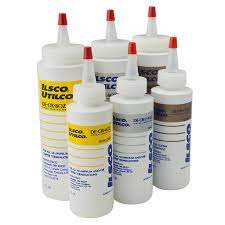
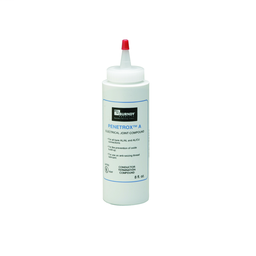
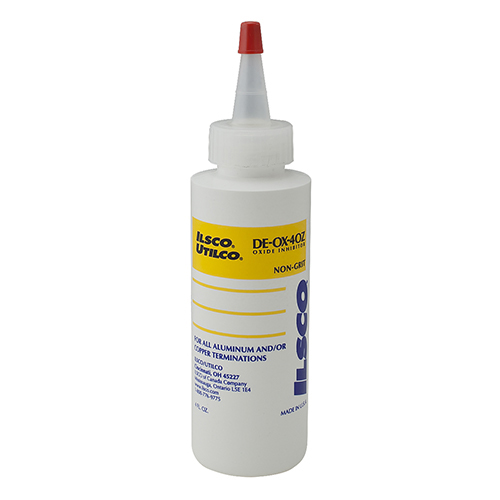
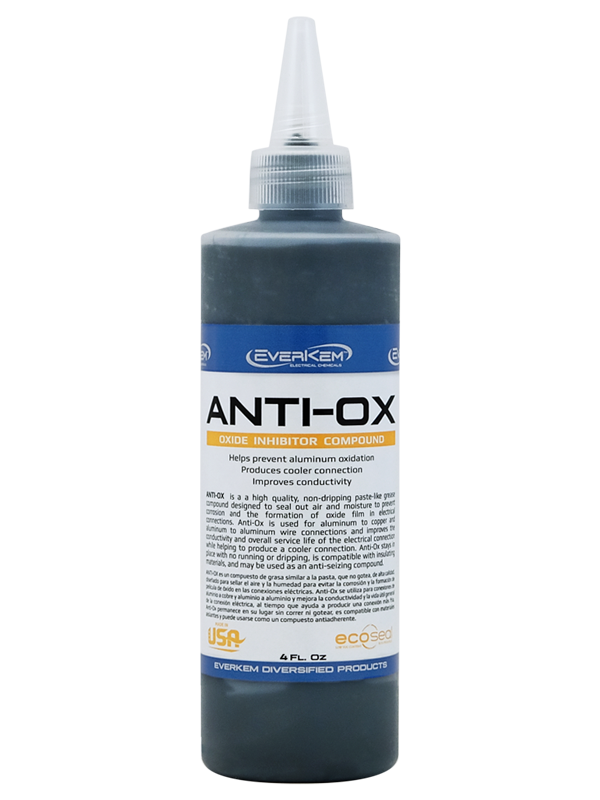
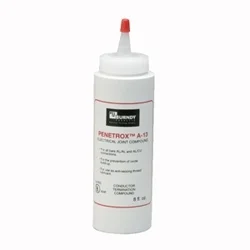


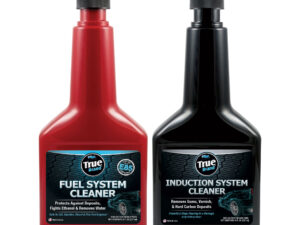
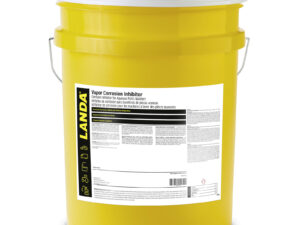
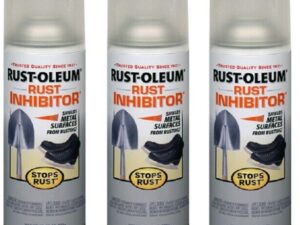
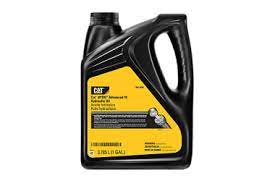
Reviews
There are no reviews yet.